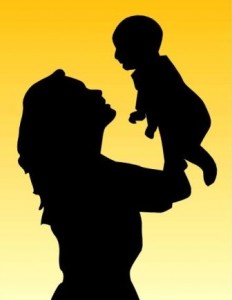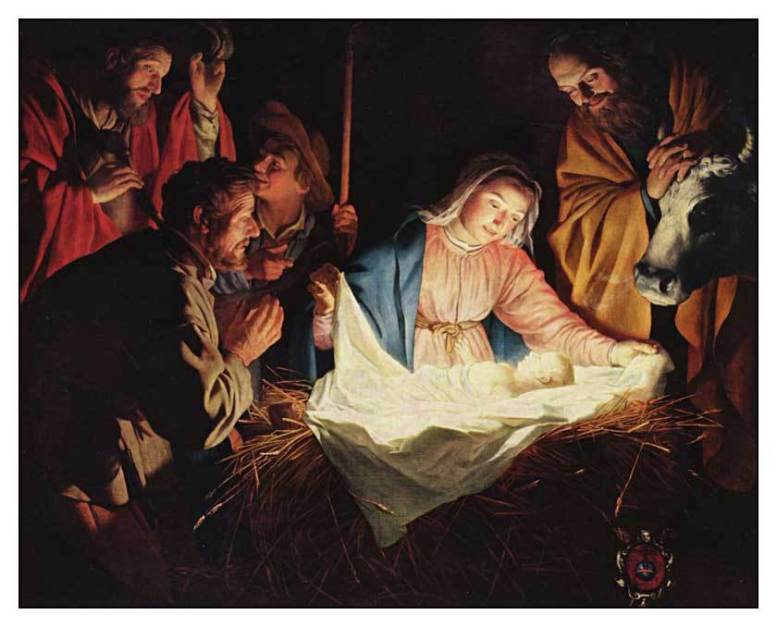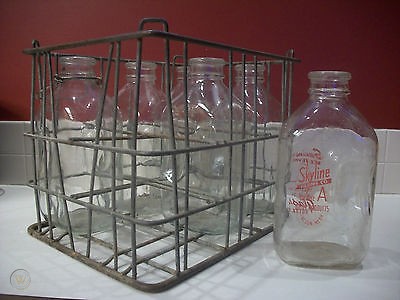A Beautiful Model
 My son Harry recently turned 30 years old. He’s the oldest of my seven children. When Harry was a young boy, one of his favorite shows was Sesame Street. You remember Sesame Street don’t you? It was a children’s show that had a cast of characters with names like Big Bird, Cookie Monster, Bert and Ernie.
My son Harry recently turned 30 years old. He’s the oldest of my seven children. When Harry was a young boy, one of his favorite shows was Sesame Street. You remember Sesame Street don’t you? It was a children’s show that had a cast of characters with names like Big Bird, Cookie Monster, Bert and Ernie.
Georgette recently reminded me about how I use to marvel at the success of the show. Sesame Street was created by Jim Henson. To me, Henson was a genius. He was able to accomplish the impossible – attract and hold the attention of children for long periods of time. He did it by creating characters from puppets. Each character had its own strengths, weaknesses, and dysfunctions. Just like you and me.
Two of the characters in Sesame Street – Bert and Ernie – were modeled after the two main characters in The Honeymooners – Ralph Kramden and Ed Norton. The Honeymooners was a popular television show in the 1950’s. The lead character, Ralph Kramden, was played by Jackie Gleason, and his sidekick, Ed Norton, was played by Art Carney.
In Sesame Street, Bert was modeled after Kramden, the serious, bossy character. Ernie was modeled after Norton, the goofy scatter-brained character. A lot of the shows had Bert coming up with outlandish ideas. Ernie, who was easily influenced by Bert, usually ended up going along with Bert and then getting himself into trouble.
Prior to Sesame Street, there was a Saturday morning cartoon – The Flintstones – that was also modeled after the two main characters in The Honeymooners. Fred Flintstone was modeled after Ralph Kramden, and Barney Rubble was modeled after Ed Norton.
Maybe Henson wasn’t a genius after all. He knew about the history and success of The Honeymooners and The Flintstones, so he simply modeled his characters off of the characters that had already proven to be successful in the past. Although Henson’s characters were puppets, their personalities and traits were deceptively similar to the characters in The Honeymooners and The Flintstones.
One of the quickest and most predictable ways to create a successful television show or movie is to model it after a previously successful television show or movie. But it’s not just movies and television shows that can be successfully modeled. Our own personal and business lives can be modeled after other individuals who have succeeded in life.
In today’s culture, we’re accustomed to using the word “model” to define a person who is employed to display clothes or other merchandise. But the type of “model” I’m referring to here is the person who serves as an example for others to follow… a person who is worthy of imitation and emulation.
When I was in high school and college, my mom told me, “When you date a girl, look at the way her mother is, because that’s the way she’s going to turn out.” Although I didn’t always listen to my mom, I did follow her advice about checking out the mothers of my girlfriends.
When I was dating Georgette, I did exactly what my mom told me to do. I observed the way Georgette’s mom (Anna Ghantous) behaved and interacted with others. Georgette’s mom had all of the qualities a man would want in a woman: great sense of humor, great cook, hard worker, service oriented, loyal to her husband and family, kind, loving, generous. She always was (and still is) very beautiful – both inside and out. Fortunately for me, Georgette inherited all of those great qualities from her mother.
Although my mom’s advice obviously doesn’t apply to all girls and their mothers, I would bet that it applies to the majority of mothers and daughters. Why? Because it is the mother who is a child’s first “model.” A mother is the one person who normally has the greatest influence on a child during the most critical stages of development.
We don’t just honor our mothers on Mother’s Day. We honor the women who were our first models. The women who by their example and guidance taught us how to think and live.
Georgette and I were both blessed with mothers who not only took their roles seriously, but also reached out to the Mother of God for guidance and support. They saw her as the perfect model for all mothers – a model who was (and still is) worthy of imitation and emulation.
Here are the three primary qualities of the Blessed Virgin Mary that all mothers are invited to emulate: (1) her faith in the true divinity of Jesus; (2) her humble submission to the will of God; and (3) her continuous sacrifice for her family.
Fortunately for me and my children, Georgette inherited those three qualities from her mother and then subsequently passed them on to our children.
It is the genuine mother who is the thread that holds the fabric of her family together. It is the genuine mothers in our country who hold together the fabric of our nation. When mothers cease to become worthy models for their children, all of society breaks down and eventually collapses under its own weight.
If you consider yourself a success at anything, you can most likely trace a good part of that success to the qualities and traits you picked up from your first “model.”
To all of the mothers who are reading this: Thank you for your faith, your willingness to accept God’s will, and your years of sacrifice. You were our first models. There’s a special place in our hearts that will always be reserved just for you.
Happy Mother’s Day!



